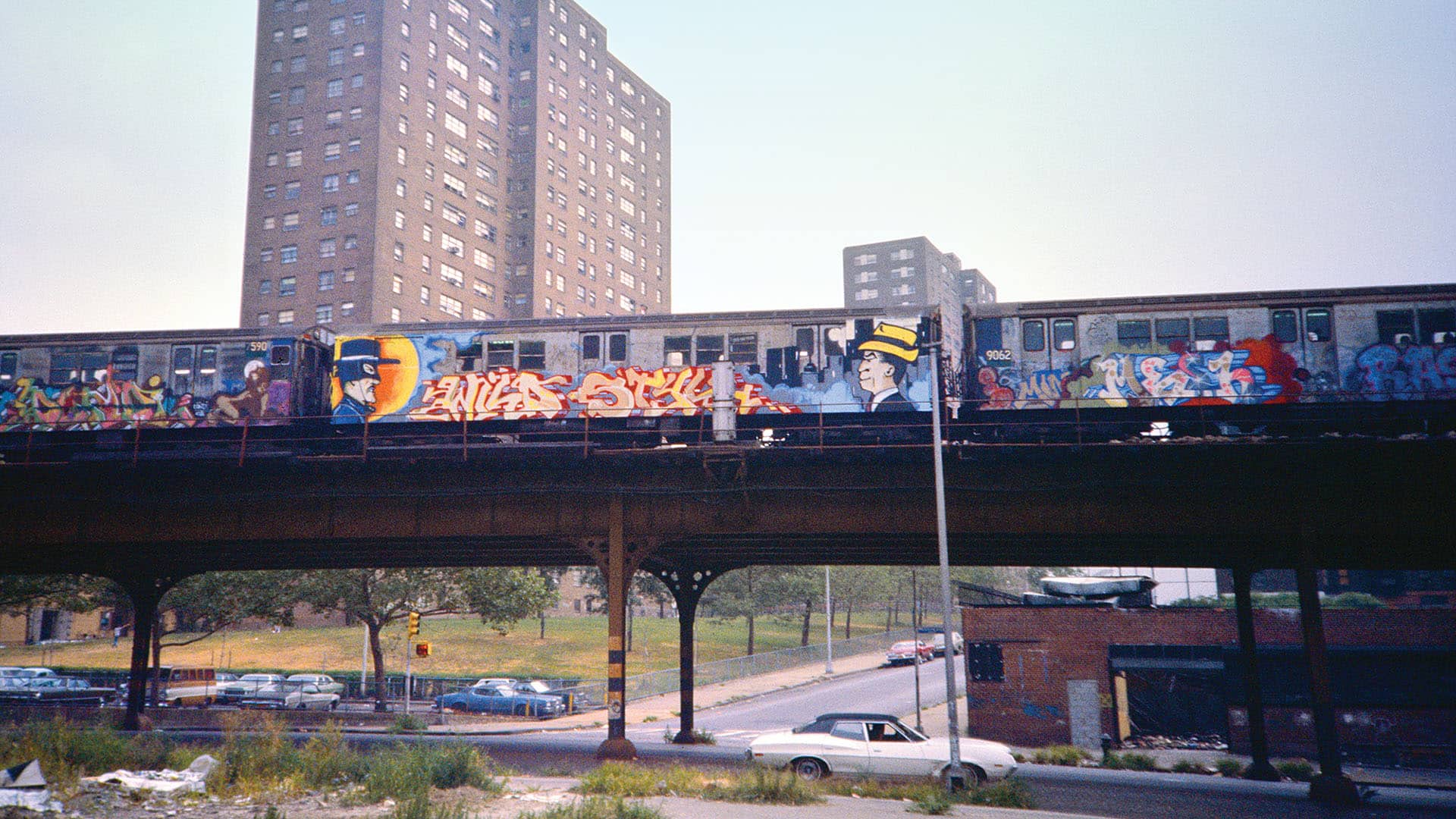Charlie Ahearn revisits the humble beginnings of “Wild Style” just in time for the film’s fortieth anniversary.

You’re getting blind.
Don’t miss the best of visual arts. Subscribe for $9 per month or $108 $90 per year.
Already suscribed ?
Read more: Revisiting the Golden Age of Hip Hop



